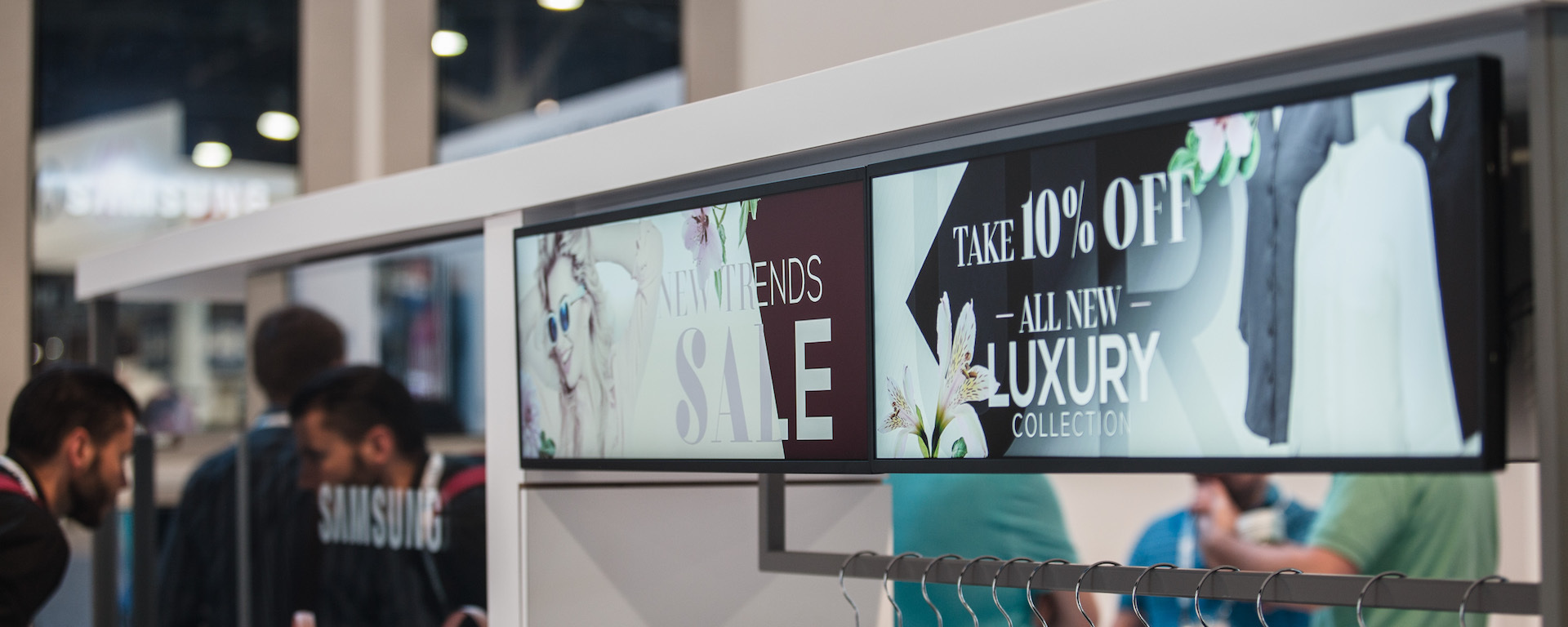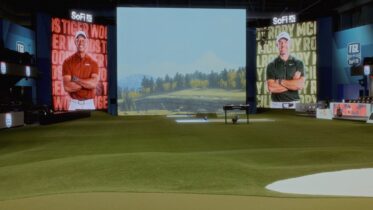Digital signage pros are often asked by customers why commercial displays are factored into jobs when regular flat panel TVs would seem to suffice. After all, they look almost the same. But looks can be deceiving, and there are many sound reasons why consumer televisions aren’t suitable for commercial digital signage projects.
It starts with what’s visible. While TVs are designed to fit in with home decor, and come with built-in stands, commercial displays tend to be much slimmer and sleeker, and are also designed to withstand the bumps and jolts of busy public, retail or business environments.
They also have a longer runtime and offer more options than consumer TVs, so business owners can tailor them to meet their specific needs. TVs are engineered to run in clean, predictable conditions for a few hours a day, in landscape mode. Commercial displays are designed to run 16 hours a day, seven days a week, or even 24/7. They’re engineered to run in either landscape or portrait mode, and some models are so bright that they can be viewed even in direct sunlight. Commercial displays also have connectors and controls that make remote management possible and guard against tampering.
Additionally, they have warranties that reflect the needs of signage network operators. Instead of the one-year warranty common with TVs, commercial displays typically have three-year, on-site warranties and valuable ongoing technical support.
Read the infographic below to learn more about the differences between consumer TVs and commercial displays.
Clearing Up the Static: Consumer TVs vs. Commercial Displays from Samsung Business USA







